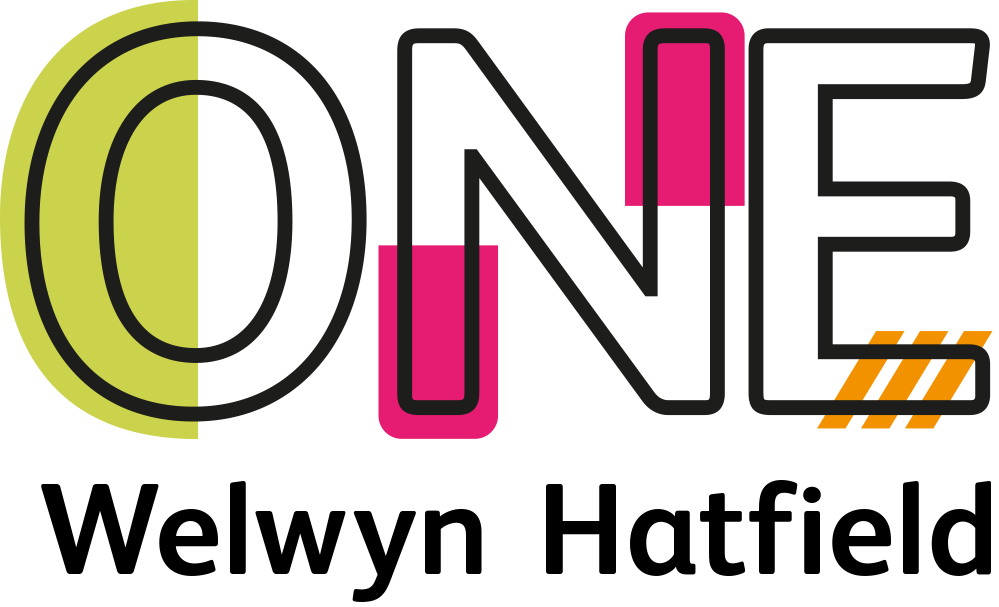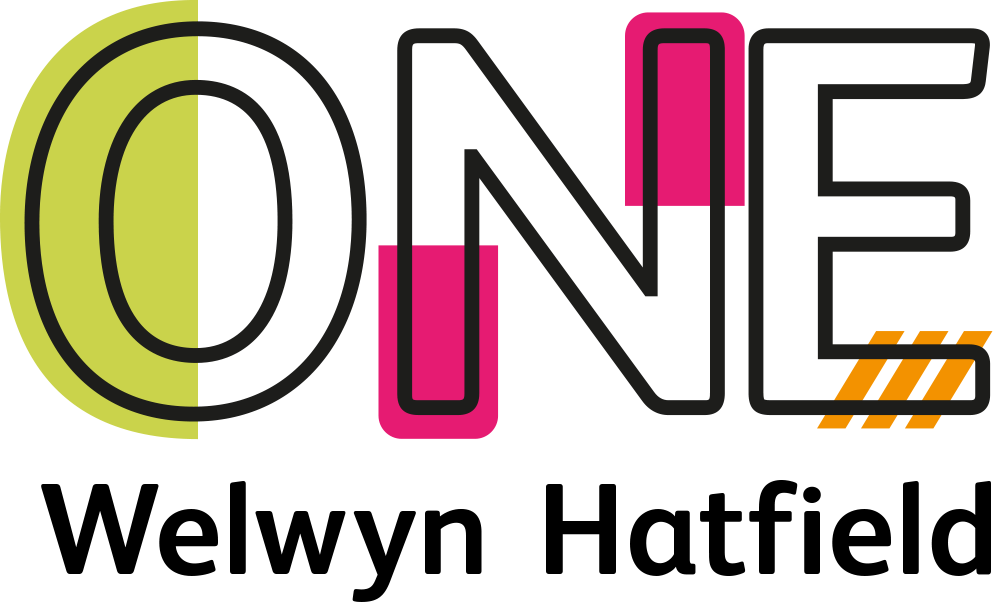Purple Tuesday - website accessibility top tips
Following a few top tips can help to make your website more accessible to customers with disabilities including sight loss, visual impairments, or motor difficulties.
These steps will help to make sure your website works well when read out loud by assistive technology often used by customers with disabilities.
Accessible website are also better for everyone as it helps to improve search engine optimisation and make them easier to use.
- You can download free tools such as WAVE or AXE onto your browser to test your web pages for accessibility.
- Edge browser has a handy Read Aloud tool to check your website makes sense when read out loud. Open your website page in Edge browser and click on the ‘A’ icon inside the address bar
- Build all your content as web pages rather than including it in downloadable documents like PDFs. If you do include a PDF, Adobe has some tips on how to make this accessible.
- Provide captions for video content, some platforms such as YouTube provide this automatically, but you can upload your own for better accuracy.
- When you include hyperlinks try to avoid using long urls as these can be difficult to read aloud.
- Also, rather than ‘click here’ use words that describe where the link goes, such as ‘open the gov.uk website’.
- When including images add a description of what it is in the ‘alt text’ field, so that customers with sight loss or visual impairments can understand it to.
- Avoid using images with lots of text like posters or flyers online as these may not be picked up by assistive technology, if have to, make sure you also write any important information on the web page.
- Check there is good contrast between background colour and text colour on your pages. This will make it easy to read, you can use free tools like WAVE to test this.
- Making your website accessible is also about the platform you use so ask your website provider about accessibility and how they are meeting the Website Content Accessibility Guidelines.
To find out more about website accessibility visit the AbilityNet website.

